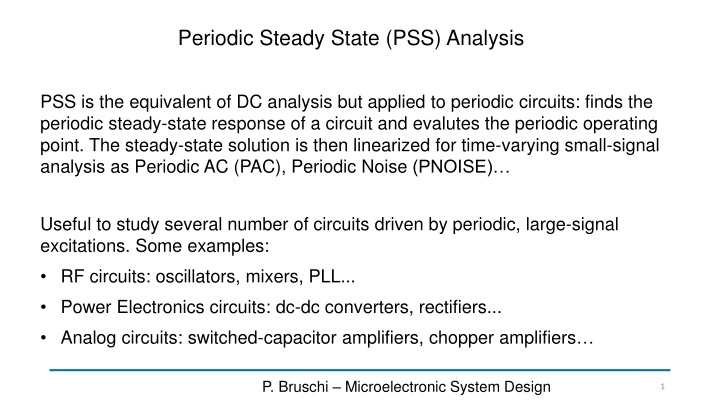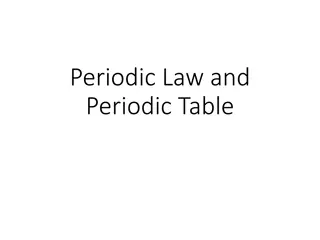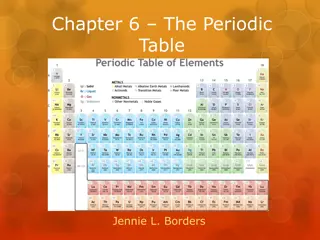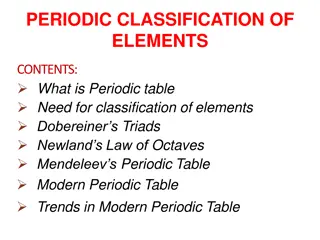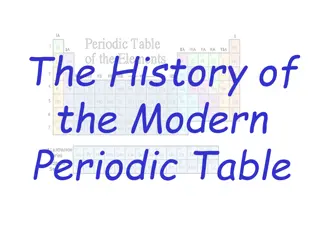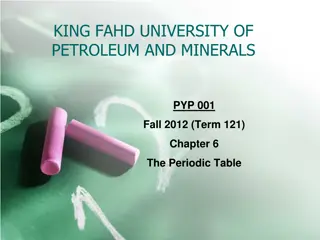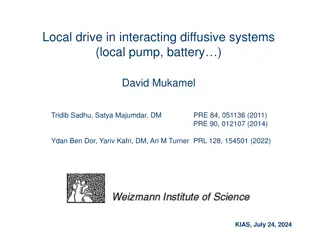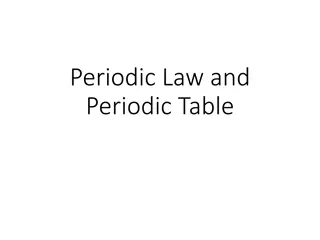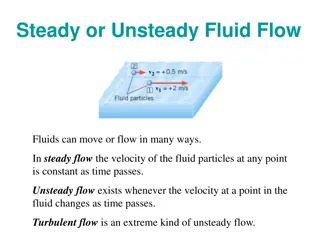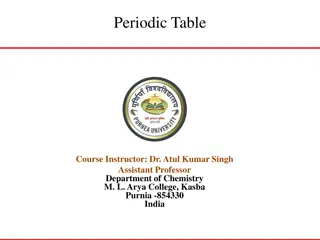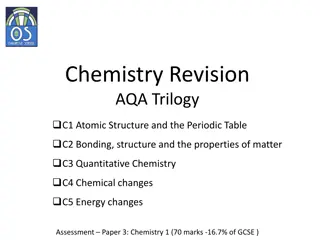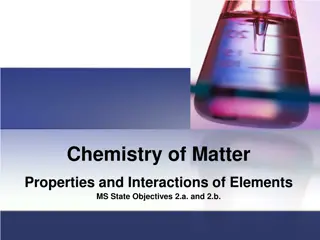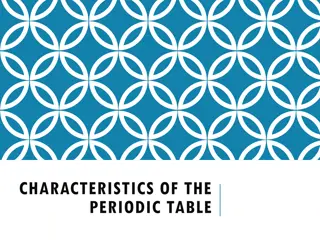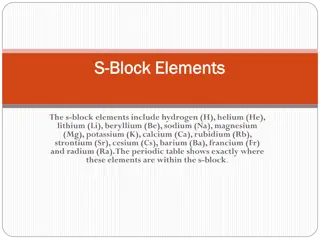Periodic Steady State (PSS) Analysis
The Periodic Steady-State (PSS) Analysis is applied to periodic circuits to find steady-state responses and evaluate operating points. PSS methods include Harmonic Balance and Shooting Method. Harmonic Balance approximates solutions using finite Fourier series, while the Shooting Method iteratively solves transient simulations to converge responses. Important PSS parameters include fundamental frequency, number of harmonics, and stabilization time. PSS is useful for analyzing RF circuits, power electronics circuits, and analog circuits driven by periodic excitations.
Download Presentation

Please find below an Image/Link to download the presentation.
The content on the website is provided AS IS for your information and personal use only. It may not be sold, licensed, or shared on other websites without obtaining consent from the author.If you encounter any issues during the download, it is possible that the publisher has removed the file from their server.
You are allowed to download the files provided on this website for personal or commercial use, subject to the condition that they are used lawfully. All files are the property of their respective owners.
The content on the website is provided AS IS for your information and personal use only. It may not be sold, licensed, or shared on other websites without obtaining consent from the author.
E N D
Presentation Transcript
Periodic Steady State (PSS) Analysis PSS is the equivalent of DC analysis but applied to periodic circuits: finds the periodic steady-state response of a circuit and evalutes the periodic operating point. The steady-state solution is then linearized for time-varying small-signal analysis as Periodic AC (PAC), Periodic Noise (PNOISE) Useful to study several number of circuits driven by periodic, large-signal excitations. Some examples: RF circuits: oscillators, mixers, PLL... Power Electronics circuits: dc-dc converters, rectifiers... Analog circuits: switched-capacitor amplifiers, chopper amplifiers P. Bruschi Microelectronic System Design 1
Periodic Steady State (PSS) Analysis Need to find the solution of the following system equations: q(t,v) represents the charges assembled at the respective nodes, j(t,v) represents the sources and the static part, 1/T is the fundamental frequency ? ??? ?,? + ? ?,? = 0 ? 0 ? ? = 0 There are two PSS methods: 1. Harmonic Balance (Agilent ADS): frequency-domain method 2. Shooting Method (Cadence Spectre RF): time-domain method P. Bruschi Microelectronic System Design 2
Harmonic Balance Steady-state solutions are approximated by finite Fouries series Frequency-domain linear analysis for the linear elements Time-domain analysis for non-linear elements, then transformed in the frequency domain Must solve system of K x N equations (K: number of harmonics in the Fourier series, N: number of nodes) Easily handles frequency-domain models (e.g. S-parameters) X Accuracy limited by the number of harmonics X Not suitable for simulating strongly nonlinear responses P. Bruschi Microelectronic System Design 3
Shooting Method Try to solve iteratively: ? 0 ? ? = 0 It computes a transient simulation from 0 to T and compares all voltage and currents at the start and end of the shooting interval It repeats for a second interval from T to 2T and so on, until it converges (or not ) We can adjust the parameter tstab to skip the initial start-up behavior Accuracy not limited by the number of harmonics Suitable for simulating strongly nonlinear responses X Doesn t handle frequency-domain models (e.g. S-parameters) P. Bruschi Microelectronic System Design 4
PSS Parameters PSS fundamental frequency: fundamental frequency of the circuit and of all the periodic input sources. In the case of different frequencies of the periodic input sources, they must be multiple of the fundamental frequency Number of harmonics: contributes to the time step of the transient simulations and sets the truncation of the Fourier series representation of the periodic signals tstab: initial time for the stabilization of the circuit (can be automatically detected by the simulator) P. Bruschi Microelectronic System Design 5
Periodic AC (PAC) Analysis PAC is similar to AC analysis, except that the circuit is linearized around a periodically varying operating point. In this way, it is possible to analyze transfer- functions that include frequency translation. + ??(??)?????? ? ??;? = ?= P. Bruschi Microelectronic System Design 6
PAC Parameters PSS fundamental frequency: same as indicated in PSS analysis Start/stop frequency: frequency range of the input small signal Maximum sidebands: number of replicas of the input signal at the output due to frequency translations (e.g. sampling, modulation ) E.g.: Sample&Hold Fundamental Frequency: 100 kHz Maximum Sideband: 7 Start/Stop Frequency: [1Hz/100kHz] Vout Vin P. Bruschi Microelectronic System Design 7
Periodic Noise (PNOISE) Analysis PNOISE computes the frequency conversion effects as noise foldover, moreover it takes into account the time-varying operating point that acts ad a modulation for bias dependent noise sources. Noise sources can be modeled as periodically time-varying, also called cyclostationary noise. E.g. Modulated noise P. Bruschi Microelectronic System Design 8
PNOISE Parameters PSS fundamental frequency: same as indicated in PSS analysis Start/stop frequency: frequency range of the noise spectral density Maximum sidebands: number of noise replica Noise type: time average (single-sided spectrum, harmonic referred noise analysis) vs. time domain (strobed noise analysis) E.g.: Sample&Hold Fundamental Frequency: 100 kHz Start/Stop Frequency: [1Hz/50kHz] C=1pF Vout C Vin P. Bruschi Microelectronic System Design 9
